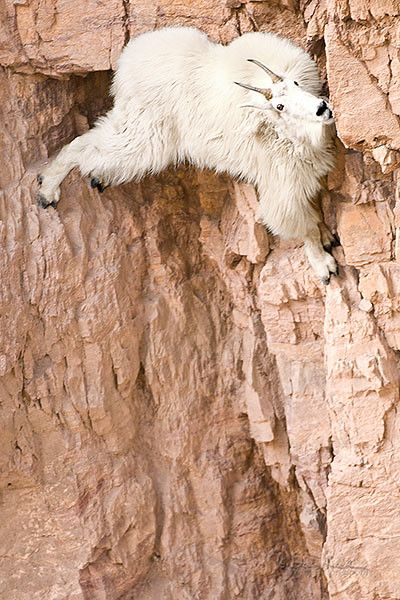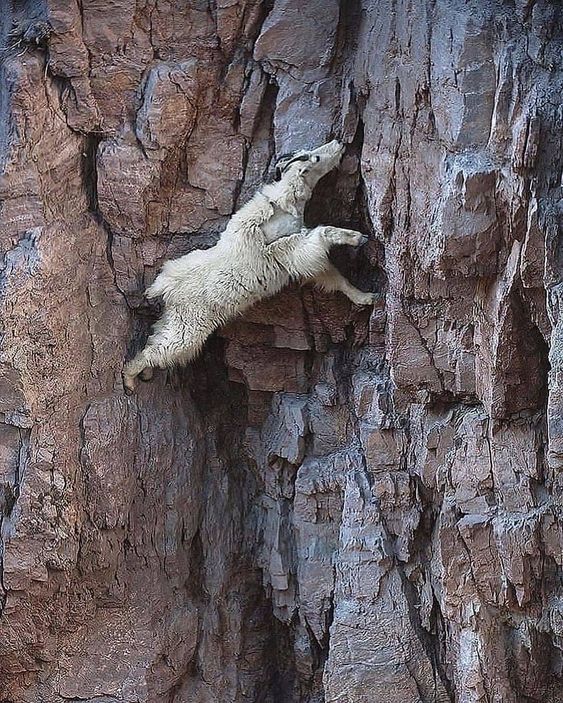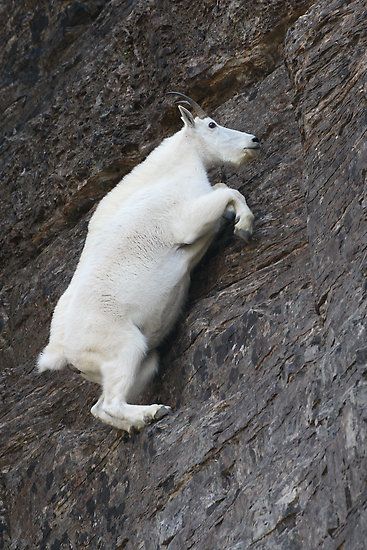Roaming through rugged landscapes with an air of elegance, the White Goat, also known as the Ibex, captivates with its majestic presence. Found in mountainous regions around the world, this remarkable creature embodies resilience and adaptability. Let us embark on a journey to discover the intriguing world of the White Goat and gain insight into its captivating lifestyle.

- A Portrait of Beauty: The White Goat is a magnificent creature, adorned with pristine white fur that contrasts against its surroundings. With majestic, backward-curving horns that can reach impressive lengths, it possesses a striking appearance. The curvature and size of its horns often signify its age and dominance within its social hierarchy. Its nimble physique and agile movements add to its allure, allowing it to gracefully traverse rocky terrains and scale steep cliffs.

- Rugged Habitat and Adaptations: The White Goat is well adapted to the harsh environments it calls home. From the snow-capped peaks of the Himalayas to the arid mountain ranges of North America, this species thrives in a variety of habitats. Its specialized hooves provide exceptional grip on rocky surfaces, enabling it to navigate treacherous terrain with ease. Its compact body and thick fur provide insulation against the cold, ensuring its survival in high-altitude regions.


- Social Structure and Behavior: White Goats are social animals that live in small herds, typically consisting of females, their offspring, and a dominant male. Within the herd, individuals display a complex hierarchy, with the dominant male asserting his authority and protecting the group from potential threats. Their communication involves a range of vocalizations, postures, and scent markings, allowing for effective coordination and social bonding.
- Dietary Habits and Survival Strategies: The White Goat is primarily a herbivore, foraging on a variety of vegetation available in its habitat. Its diet consists of grasses, leaves, and shrubs, and it has developed specialized digestive systems to extract nutrients from the limited vegetation in high-altitude environments. Their ability to adapt their diet according to seasonal changes ensures their survival in challenging conditions where food sources may be scarce.